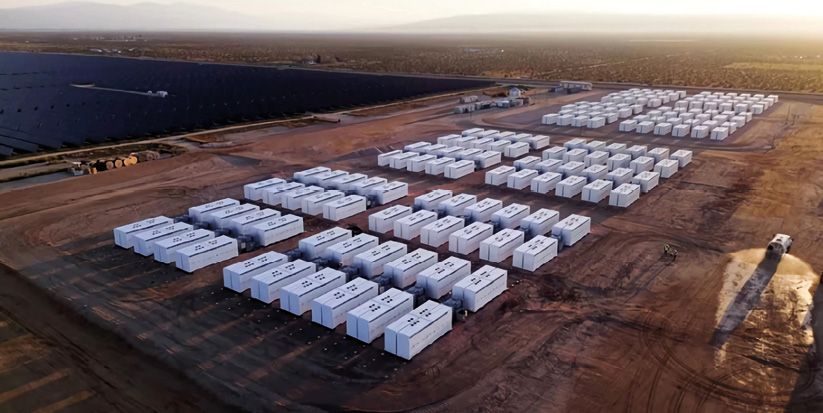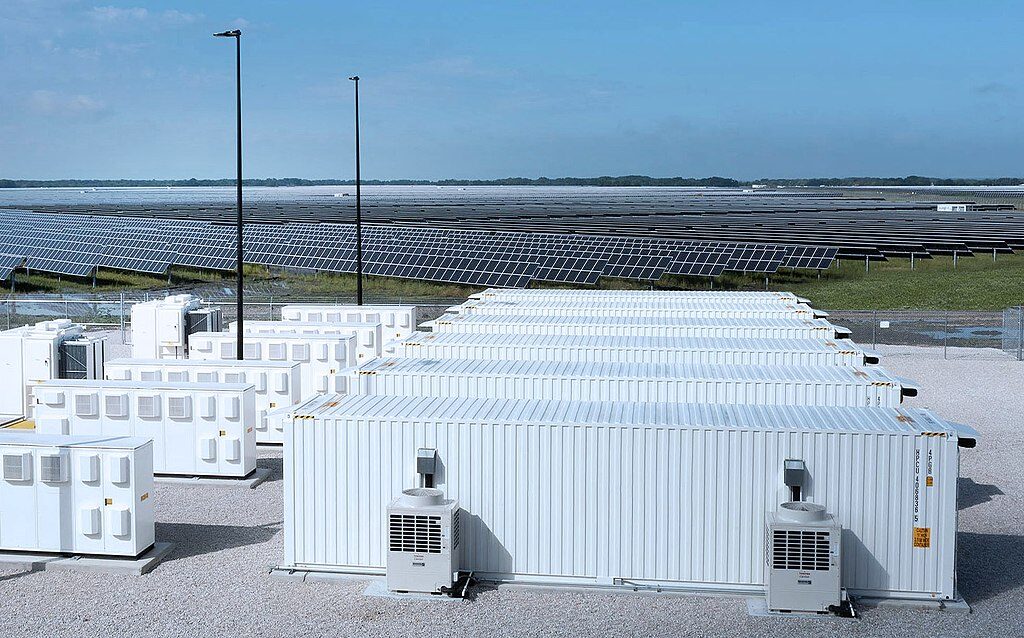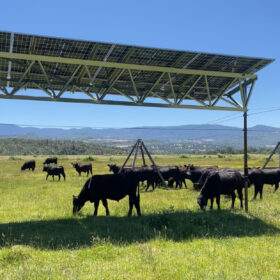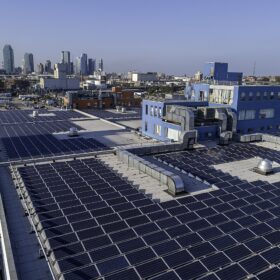We are becoming accustomed to record-breaking years for energy storage, and 2024 was no exception. Manufacturer Tesla deployed 31.4 GWh, up 213% from 2023, and market intelligence provider Bloomberg New Energy Finance raised its forecast twice, ending the year predicting almost 2.4 TWh of battery energy storage by 2030. That is likely an underestimate.
Positive feedback loops and exponential growth are notoriously hard to predict. Humans are not well set up to process exponents. In 2019, pumped hydro storage (PHS) supplied 90% of global energy storage power output (measured in gigawatts), but batteries are set to overtake that in 2025 and its related energy storage capacity, in gigawatt-hours, by 2030.
Batteries are a technology, not a fuel, and follow a price-reduction “learning rate” more like that of semiconductors of solar equipment than that of traditional energy assets. Battery cell costs have fallen about 29% for every doubling of market size in recent decades, according to researchers at the RMI think tank.
A new generation of “3xx Ah” lithium ferro-phosphate (LFP) cells – 305Ah, 306Ah, 314Ah, 320Ah – has entered production, offering higher energy density and lower unit costs than 280Ah cells. They needed minimal production line reconfiguration due to a similar prismatic form factor.
Slower-than-expected electric vehicle (EV) demand has caused oversupply, further depressing battery raw material prices and sparking intense price competition. In 2024, average energy storage system (ESS) pricing fell 40% to $165/kWh, the steepest decline on record. Chinese costs are significantly lower, as a 16 GWh PowerChina tender saw ESS prices averaging $66.3/kWh in December 2024.

The US Inflation Reduction Act incentivized local BESS manufacturing and import duties on Chinese products aim to create jobs and reduce reliance on imports. Those measures risk slower adoption of grid-scale energy storage and EVs, however, due to higher near-term costs.
In 2025, the global energy storage market may split in two. Protectionist markets such as the United States, India, and MENA will prioritize localized supply chains for job creation while the Global South will focus on tariff-free imports, to drive affordability and economic growth.
That dynamic echoes historic globalization debates such as the Corn Laws of the 1800s. The energy storage sector faces similar tensions between trade-driven innovation and the risks of economic inequality and job displacement.
The year 2025, therefore, will mark another inflection point for the energy storage industry.
Read the full article on our ESS News website
The views and opinions expressed in this article are the author’s own, and do not necessarily reflect those held by pv magazine.
This content is protected by copyright and may not be reused. If you want to cooperate with us and would like to reuse some of our content, please contact: editors@pv-magazine.com.








By submitting this form you agree to pv magazine using your data for the purposes of publishing your comment.
Your personal data will only be disclosed or otherwise transmitted to third parties for the purposes of spam filtering or if this is necessary for technical maintenance of the website. Any other transfer to third parties will not take place unless this is justified on the basis of applicable data protection regulations or if pv magazine is legally obliged to do so.
You may revoke this consent at any time with effect for the future, in which case your personal data will be deleted immediately. Otherwise, your data will be deleted if pv magazine has processed your request or the purpose of data storage is fulfilled.
Further information on data privacy can be found in our Data Protection Policy.